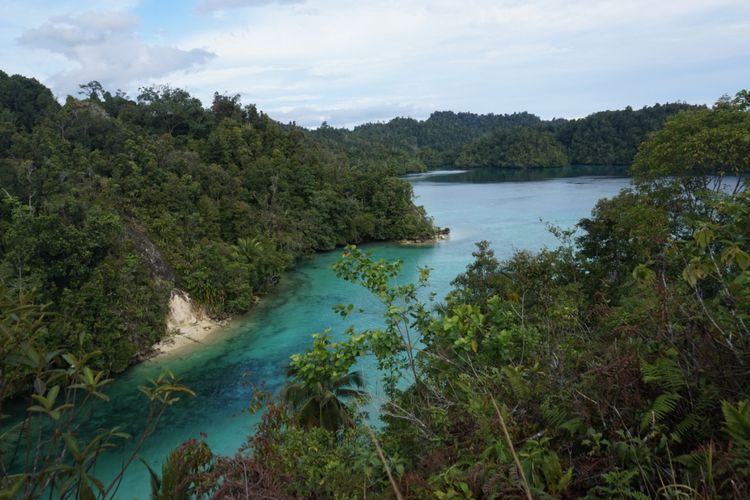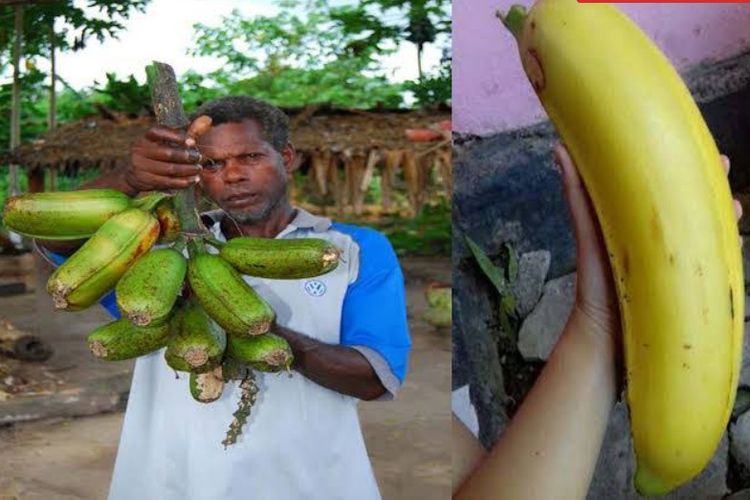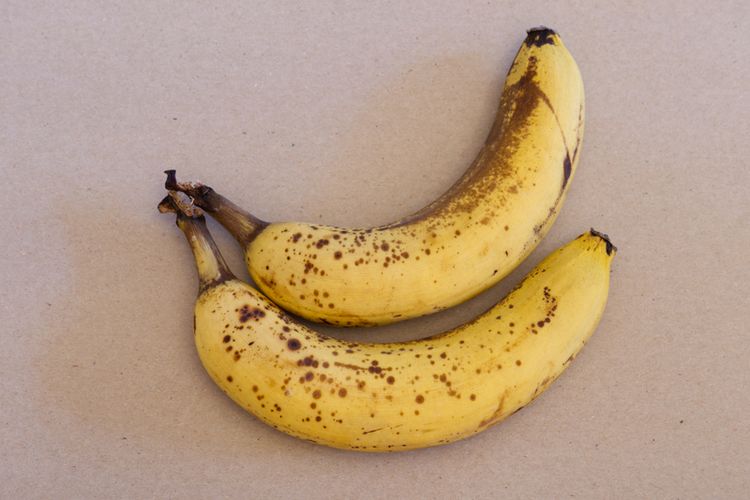Biggest Banana Tree in the World Found in Papua, Indonesia

KOMPAS.com - Indonesia is a land of innumerable wonders, starting with its natural beauty, rich culture, and eclectic food. Speaking of the latter, Indonesia has some of the most striking fruits anywhere, including the largest banana tree in the world.
Characteristics
Most banana trees are usually about three to four meters in length, but these banana trees can be 24 to 30 meters high.
Known by their scientific name Musa ingens or Musa ingens NW Slimmonds, these trees are six to seven times higher than an average banana tree. Their diameter can reach 95 cm, with some websites claiming that its stem can reach one to two meters in diameter.
But for the inhabitants of Banfot villlage in West Papua's Tambrouw Regency, they are known by the less scientific name of ndowin or apit sepoh.
Also read: Belitong Geopark Wins UNESCO Global Geopark Designation
The banana fronds are just as supersized, boasting a length of up to five meters with a width of about one meter. Their size makes them ideal to store harvest products. The banana leaves are used by local residents as roofs of makeshift houses in the forest, or mats to sit and eat.
Like other bananas, the skin is green when unripe and yellowish when ripe. Unlike other bananas that average 13 cm in length and less than three cm in diameter, the giant banana trees can grow up to 20 cm in length and four to six centimeters in diameter.
While an average bunch of bananas can weigh 30 to 50 kilograms, the giant Musa ingens banana bunch can weigh 60 kilograms. Their seeds are also a lot bigger than regular bananas.
Endemic to
 Sarawondori Bay with turquoise water in Yapen Islands Regency, Papua.
Sarawondori Bay with turquoise water in Yapen Islands Regency, Papua.As flora endemic to Papua, the giant bananas found in West Papua's Arfak Mountains Nature Reserve between 100 to 200 meters above sea level. Their range within Papua includes the Manokwari, Kaimana, Wondama Bay, Fak-Fak, Yapen and Tambrauw Regencies.
One of the places to find these bananas is in Kwau Village, Mokwam District, Manokwari Regency. Set around copses of giant banana trees, they are about an hour's drive by car or motorcycle to the Arfak Mountains.
But tourists and professional photographers who want to stay longer can head to the Papua Lorikeet, an inn owned by local man Hans Mandacan. The establishment is built in the middle of the natural forest in Kwau Village.
Also read: CNN Names Indonesia's Soto Ayam Among World's 20 Best Soups
Hans' family lived near the Lorikeet inn, a tin-roofed hut with boarded walls. Several Musa ingens trees stand nearby, ignored by them for the most part.
































